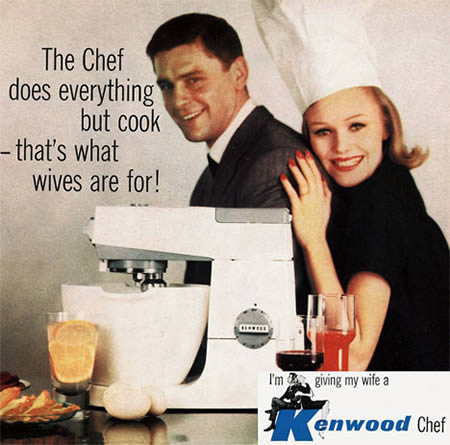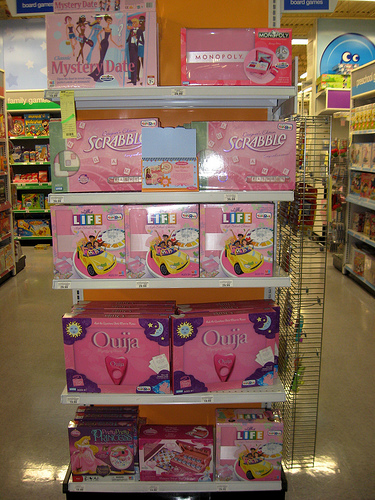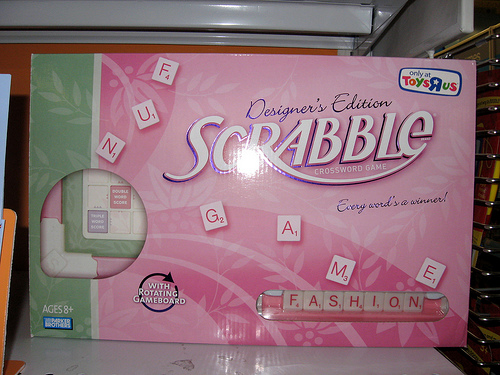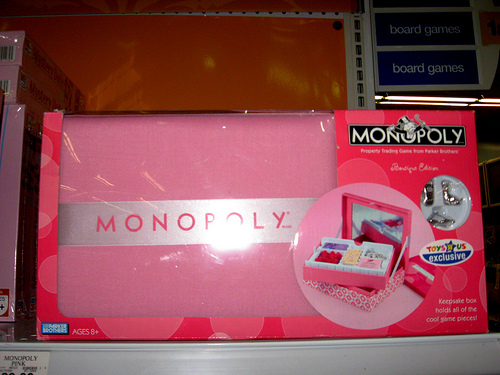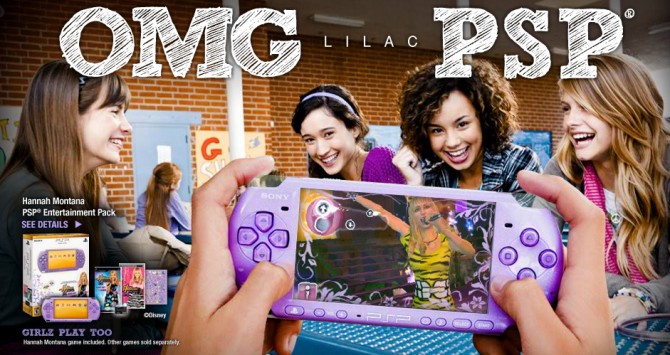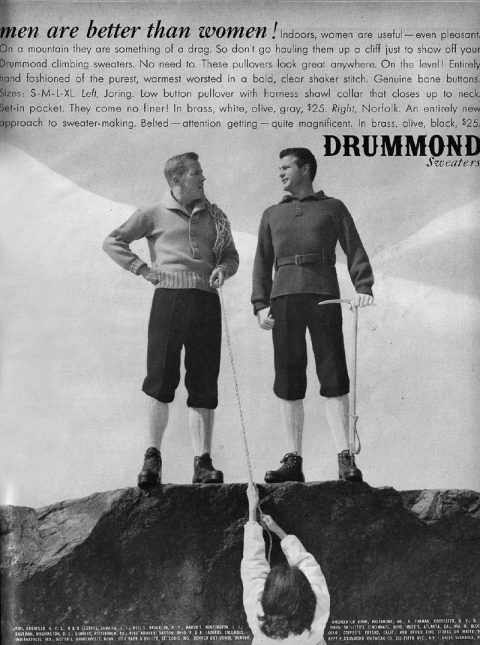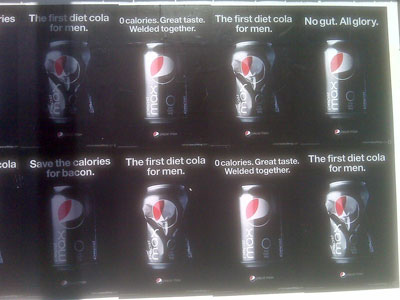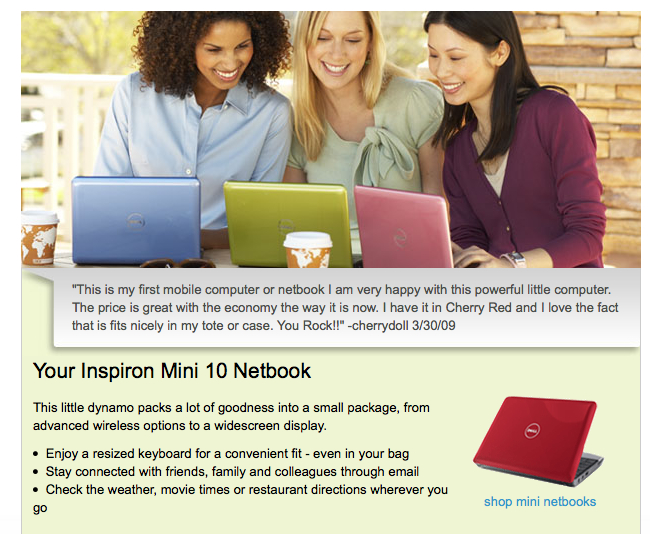This vintage add (found here) for Kenwood appliances is a nice example of how the act of preparing food is gendered, and how one side of the gendered dichotomy is valued more than the other. Men are chefs– professionals, with careers. And their wives are cooks– they cook at home. Men have prestige as professional chefs outside the home, and women have value as caregiver cooks inside the home.
I guess that this ad is from the early-1980s. How much of this gendering of cooking changed over the years?
